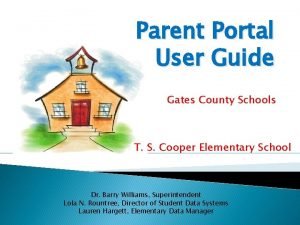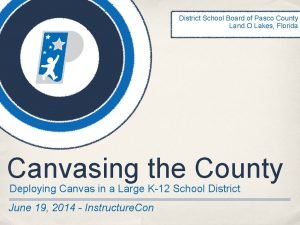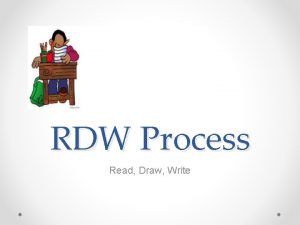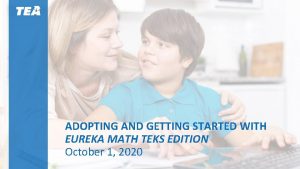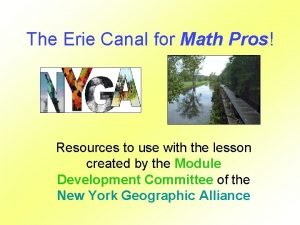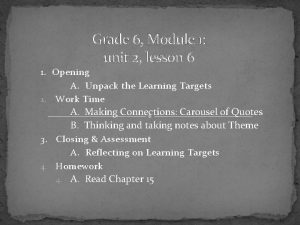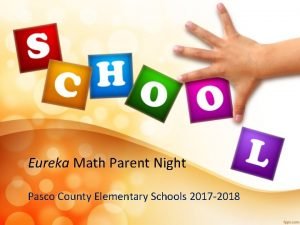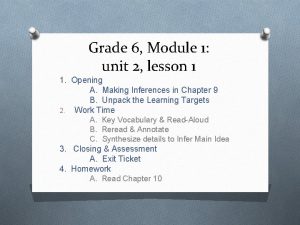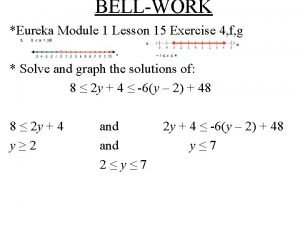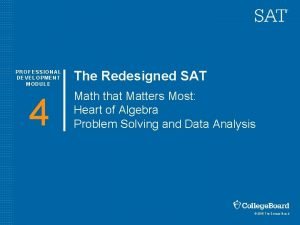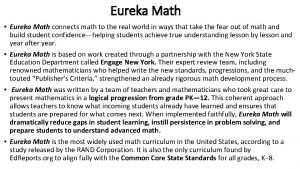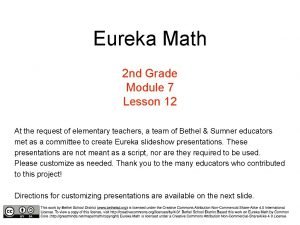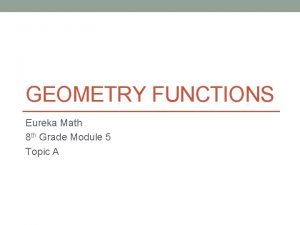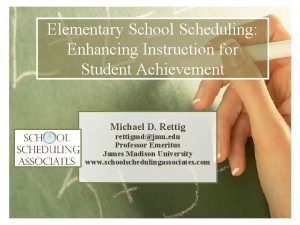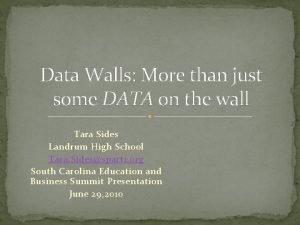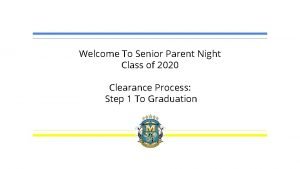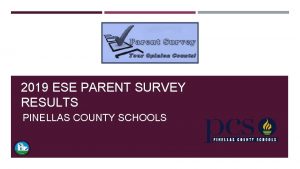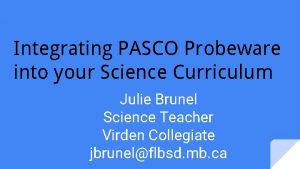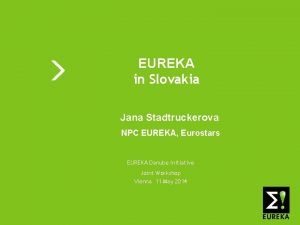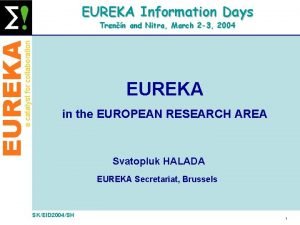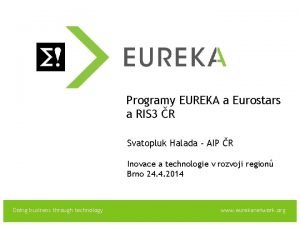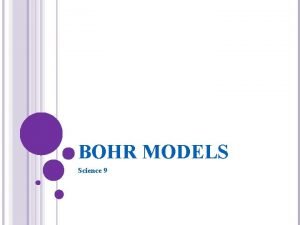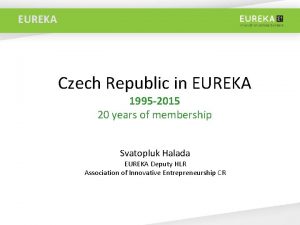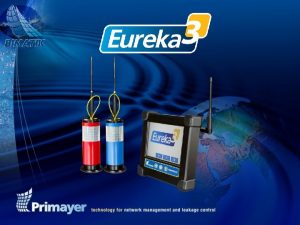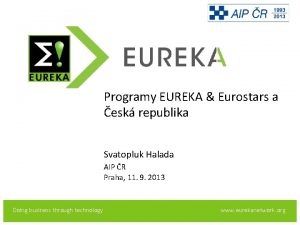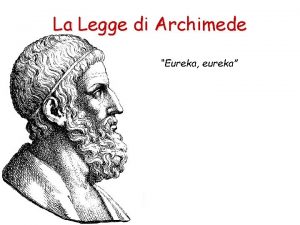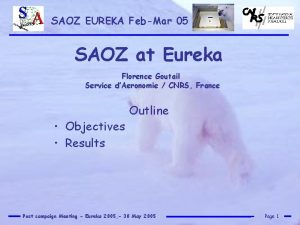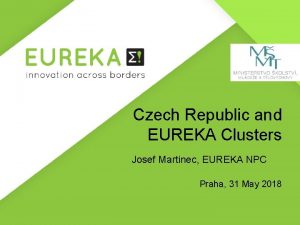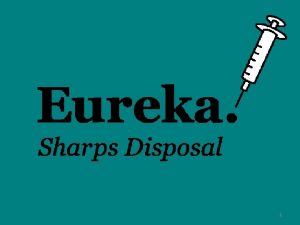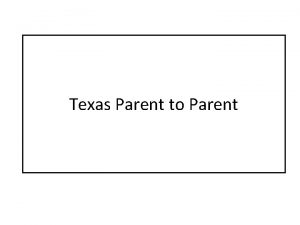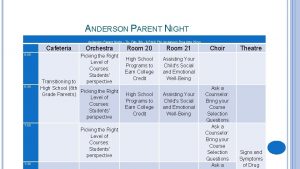Eureka Math Parent Night Pasco County Elementary Schools

























- Slides: 25

Eureka Math Parent Night Pasco County Elementary Schools 2017 -2018

Tonight’s Objectives • Why Eureka? • What Standards? • Eureka Math Lesson Components • Models We Use • Homework Resources

Why Eureka Math? • Eureka has a proven track record in boosting student achievement in math. • Of the most popular mathematics curricula for grades K-12, Eureka Math, created by the non-profit Great Minds, ranks #1 for both usage and quality. (May 2016 Great Minds-Eureka Math Tops in U. S. for Usage and Quality)

Why is Eureka so different? • The Eureka curriculum helps build students’ conceptual understanding of math. Students… • Think flexibly about numbers • Understand why the steps work • Know when to apply steps • Know how to use other strategies when more efficient

MAFS and CCSS Math Florida Standards and Common Core Standards Ø New standards are more rigorous than previous standards Ø “Old ways” are still taught, just not first. Ø Previous Mathematics focus was on HOW you solve problems = Memorizing, Not Understanding. Ø New Mathematics focus is on what you are doing to get the answer = Understanding Before Memorizing. Ø Focus is beyond ONLY getting the correct answer.

Eureka Math™ Lessons Rigor Pursue… • Fluency • Conceptual understanding • Application with equal intensity

Typical Eureka Lesson Components Approximate times: 1) Fluency Practice (10 minutes) 2) Application Problem (10 minutes) 3) Concept Development (20 minutes) 4) Problem Set (10 minutes) 5) Student Debrief (7 minutes) 6) Exit ticket (3 minutes) 7) Homework (optional)

Fluency Activities: • • • Sprints Designed to develop fluency. Fun, Adrenaline-rich activities Fast Paced Progression from simple to challenging Sprint is just one type of fluency activity. Quadrant 1: Problems 1 -11 Very easy, about 100% of students complete successfully. Quadrant 2: Problems 1222 Easy, about 65% of students complete successfully Quadrant 3: Problems 2333 At level of instruction, about 25% of students complete Quadrant 4: successfully. Problems 3444 Above level of instruction, very few students complete all problems

Application Problems Help students understand how to choose and apply the correct mathematics concepts to solve real-world problems. Kindergarten Using only triangles and rectangles, design a rocket ship on your paper. Trade rocket ships with your partner. Count how many triangles and rectangles you see in your partner’s picture. Grade 2 Emma has 45 pencils. Eight pencils are sharpened. How many pencils are not sharpened? Grade 4 Tommy’s dad is teaching him how to make tables out of tiles. Tommy makes a small table that is 3 feet wide and 4 feet long. How many square-foot tiles does he need to cover the top of the table? How many feet of decorative border material will his dad need to cover the edges of the table?

Why is conceptual understanding so important? The brain can only compress concepts; it cannot compress rules and methods. (Thurston, 1990 ) Experts see meaningful patterns of information and use them to organize their knowledge in ways that reflect a deep understanding of their subject matter. (Bransford et al. , 1999)

Concept development • Presents new content, building on the prior lesson – Carefully sequenced problems with gradually increasing complexity – Moves from concrete to pictorial to abstract representations – Includes 10 minutes for work on problem set 7 x 12 = Concrete (base 10 blocks) 7 10 2 70 14 12 x 7 1 84 Pictorial (area model) Abstract (standard algorithm)

Problem Set: Concrete Example

Problem Set: Pictorial Example

Problem Set: Abstract Example 3. Matt buys a pack of postage stamps. He counts 9 rows of 4 stamps. He thinks of 10 fours to find the total number of stamps. Show the strategy that Matt might have used to find the total number of stamps.

Student debrief • Students reflect on learning • Discuss thinking and strategies with classmates • Teacher clarifies any misconceptions • Reinforces conceptual understanding • Teacher and students summarize the day’s lesson

Student Debrief Example • Turn to your partner and compare your answers to Problems 1 and 2. Which math strategies did you use to determine which line was longer or shorter? • What did you notice about the relationship between the unit of length (e. g. paper clips, centimeters) and the number of units needed to measure the lines? Use comparative words

Strategies You Will See Number Bonds

Strategies You Will See Number Lines

Strategies You Will See Place Value Charts

Strategies You Will See Arrays / Area Models

Strategies You Will See Tape Diagram

• Homework is practice, not new information. • When assisting your child, help guide them • Use the strategy they are asked to use • Don’t do the thinking for them. Ask them what the word problem means • Please don’t teach shortcuts • If after practice your child still does not understand, write a note on the homework so your child’s teacher knows they struggled. Help (Don’t Tell) with Homework

Free Resources for Parents https: //greatminds. org/math/parents • Parent Tip Sheets • Video Resources • Eureka Math Curriculum Resources


Grade Level Break Off Activity Kindergarten Miss. Crumpler’s Room First Grade (Mrs. Barthle) Classroom 2 nd Grade (Mrs. Kendrick) Classroom 3 rd Grade (Mrs. Beyer) Classroom 4 th Grade (Mr. Romano) Classroom 5 th Grade (Mr. Baldwin) Ms. Denaro’s Classroom
 Gates.powerschool
Gates.powerschool Child protective investigations pasco county
Child protective investigations pasco county Canvas pasco county
Canvas pasco county Pasco county community development
Pasco county community development Read draw write strategy
Read draw write strategy Eureka math implementation guide
Eureka math implementation guide Eureka math pros and cons
Eureka math pros and cons Unit 2 lesson 6
Unit 2 lesson 6 Place value chart eureka math
Place value chart eureka math Eureka math grade 6 module 1 lesson 1
Eureka math grade 6 module 1 lesson 1 Eureka math algebra 1 module 1 lesson 15
Eureka math algebra 1 module 1 lesson 15 Eureka math algebra 1 module 4
Eureka math algebra 1 module 4 Eureka math 9th grade
Eureka math 9th grade Eureka math 3rd grade module 7
Eureka math 3rd grade module 7 Is this a function
Is this a function Huntsville city schools parent portal
Huntsville city schools parent portal Power schools huntsville city schools
Power schools huntsville city schools Reach safety schools
Reach safety schools Parallel block scheduling for elementary schools
Parallel block scheduling for elementary schools Datawalls
Datawalls Senior parent night
Senior parent night Fsa parent night
Fsa parent night Pinellas parent portal
Pinellas parent portal Usep
Usep Sparkvue
Sparkvue Pasco capstone
Pasco capstone
